Tile paving can be said to be the most common item in home improvement. Tile paving seems to be simple and actually tests the technology. If you paste a bad tile will fall off, but it will also affect the life of the tile. So, how to paste tiles? What are the tile laying methods ? Here are some of the things you need to pay attention to when you make a look at the tiling method and how to tile it.

Tile Laying Method 1. Wall Tile Laying Method
The method of laying the wall tiles is more traditional and the method is relatively simple. Therefore, the head of the house in the decoration process only needs to make it clear whether each step is reasonable or not.
(1) Determine the height, size, and selection method
The first thing you should pay attention to when paving wall tiles is to determine the paving height, especially the bathroom will be installed exhaust fan, ceiling, etc., so the height should pay special attention; followed by the size of the wall tiles and floor tiles should correspond to each other, can not have much difference ; Finally, according to the height, size and overall effect to determine the paving method, if there is a different case of the same wall tiles, large-size tiles from the bottom up, small size from top to bottom. 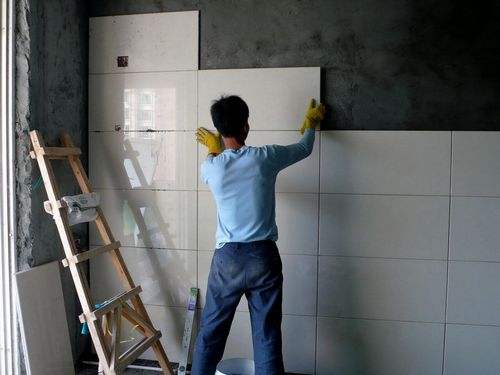
(2) Uniformly laying and closing
When paving the wall tiles, it is necessary to pay attention to the horizontal and right angles between each tile, and it is necessary to maintain the flatness between the tiles; after the second paving, the edge-to-edge treatment needs to confirm the flatness of the high and low points of the tiles and edges.
(3) Finished seaming
After paving, it is necessary to confirm the effect of the paving of the entire wall surface, whether there is any error in the color and pattern, and then clean the surface of the tile; after the confirmation is correct, the tile caulking treatment is performed.
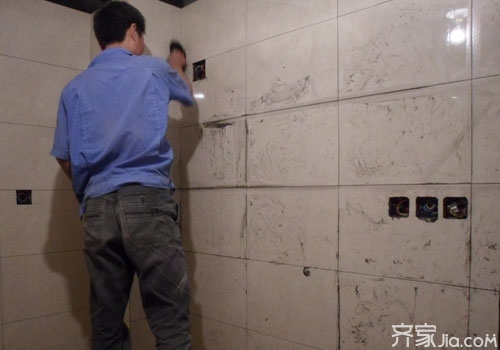
Tile laying method 2. Floor tile laying method
There are two methods for laying floor tiles: dry soft floor and wet soft floor. Dry soft floor is used in the living room and bedroom. The wet soft floor is used in the bathroom and kitchen. The surface shop method is similar, so only the details of the dry soft shop method are described here.
(1) Ground treatment
Before the laying of the floor tiles, ground treatment is required. The level must be measured to understand the slope of the floor and better control the effect of paving. Then determine the number of tiles needed for each row and each column based on floor area and tile size.
(2) Laying cement mortar
After the ground treatment is completed, a layer of mortar is required to be laid on the ground. The ratio of mortar to water is 3:1. A semi-dry layer is formed. The surface is filled with a shovel and a plastering tool. The general mortar thickness is 3-4 cm. . 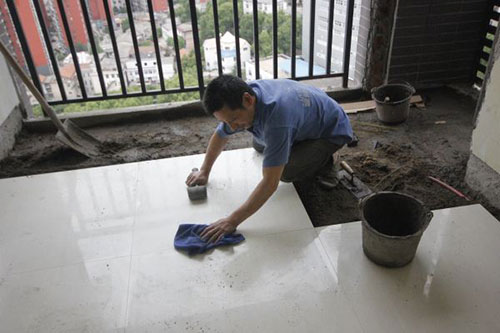
(3) Uniformly applied
After smoothing the mortar, use a cement mortar diluted to a ratio of 1:1 and apply it to the back of the floor tile, and then evenly spread it on the surface of the mortar preliminarily laid on the floor. After confirming that the floor tile is evenly laid, the next operation can be performed.
(4) Trimming and wiping
Use a rubber mallet and a level ruler to inspect the empty drums and leveling of the floor tiles. After the entire floor is tiled and the colors and textures are correct, the joints can be caulked on the next day. 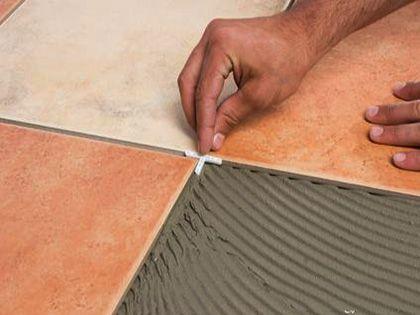
Tile Laying Methods 3. Tile Laying Considerations
1 soak in waterThe most important step in tile paving considerations is the fact that the tiles have many fine gaps regardless of their quality. When used, they have a certain degree of water absorption. If they are not treated with water, or if the water is not sufficient, If the tiles are directly applied, the tiles will absorb the water in the cement, which will cause gaps in the connecting part between the tile and the cement, making the adhesion insecure, causing problems such as empty drums and tiles falling off. When the tile is soaked in water, it must be completely infiltrated into the water, and the time is usually about 30 minutes.
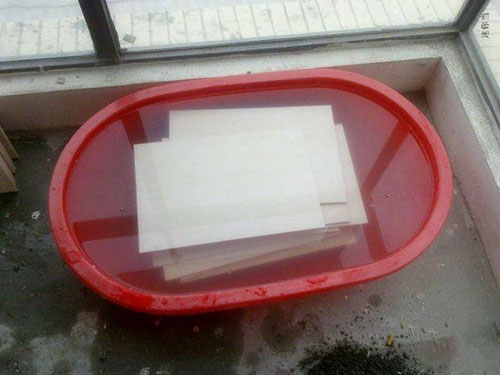
2 Wall surface
The treatment of the wall surface in the tile-laying considerations also appears to be extremely important. Before the tiling, the wall surface must be carefully inspected. Any cracks in the wall must be dealt with first. In the decoration, the wall surface is often puttyed. If there is no scraping off of the putty, then there will be a big safety risk. The surface of the putty will not be able to hang on the cement, which will easily cause the phenomenon of tile shedding. Therefore, in the wall tiles Paving must pay attention to the treatment of the wall. 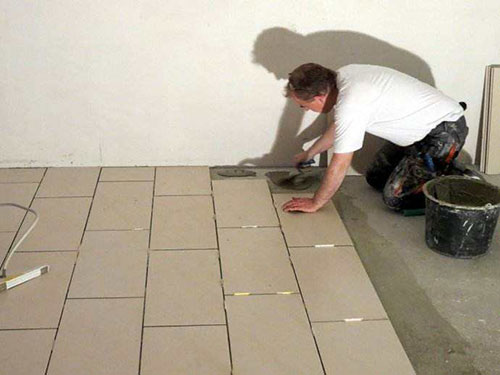
It is also very important for the adhesive to be used in the considerations of tile paving, not only to save the decoration cost, but also to make the tile more firm and beautiful. Must choose the correct cement label and the mixing ratio of cement sand, improper mixing ratio of cement sand or high cement marking can cause cracking and detachment of tiles. The higher the proportion of cement, the stronger the bonding force of tiles, but the high proportion of cement mixing, The coefficient of expansion of the cement mortar will increase, which will easily result in cracking of the tile after laying the tile. Generally, the ratio of the tile adhesive agent is 1:3 for the wall tile, 1:2 for the floor tile, and 32.5 for the cement. 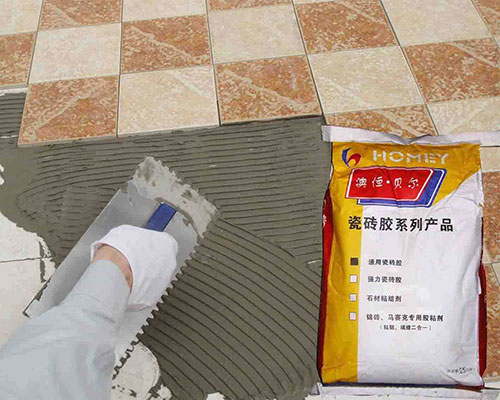
Even in the same batch of products of the same model, there may be slight deviations in straight angles, length, edge straightness, etc. In the construction process, there are certain errors in the tile's collage more or less, most importantly. The point is that the tiles will be affected by the phenomenon of thermal expansion and contraction, so be sure to leave enough gaps in the tile to allow it to have a certain shrink space, so that after a long time use will not affect the appearance of the tile. 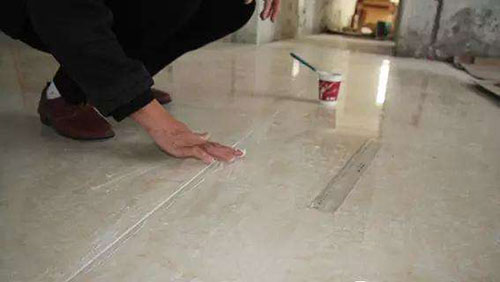
One of the important points in tile paving considerations is the timely cleaning of the tiles. When tiles are tiled, the excess adhesive material in the gaps in the tiles should be removed in a timely manner, and the surface of the tile should be wiped off with wet cotton cloth. Smudges, do not wait until the adhesive material is dry before cleaning and wiping, which not only can not clean the tile surface, but also on the tile surface glazed layer damage, affecting its use and aesthetics.
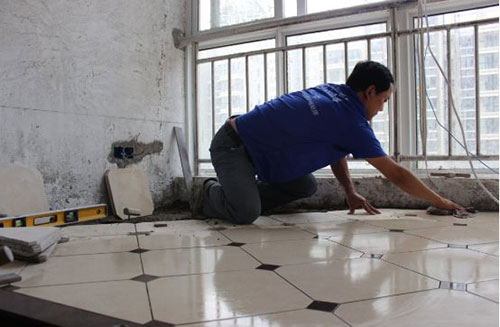
Editing Summary: Regarding the tile laying method and the tile laying notice, I will introduce it to you and hope to help you. If you want to know more related knowledge, please pay attention to our website.
Tiled tile
PVC Diaphragm Valve is made by PVC body, with PTFE or EPDM diaphragm, designed pressure PN10, with flange end or socket connection as per DIN, ANSI, JIS standards. Operated by hand wheel or pneumatic actuator. refer to the PVC material corrossion resist propert, PVC diaphragm valve can be used for water, weak acid, weak alkaline medium and oil, etc. the working temperature range from 0℃ to 70℃.the size range from 1/2" to 10" fit different standard pipe systems. PVC diaphragm valve is widely use in biological industry, pharmaceutical industry, food, and water treatment of power, chemical, electroplating and other industries.
Ningbo RMI Plastic Co., Ltd. offer PVC diaphragm valve with specification:
Size range: DN15~DN250 (1/2 inch ~ 10 inch)
Body materials: PVC-U
Diaphragm material: PTFE, EPDM, FPM, NBR, NR
Connection: Flange ANSI CL150, JIS10K, DIN PN10
Design pressure: 0.25~1.0Mpa (PN2~10 bar)
PVC Diaphragm Valve,UPVC Diaphragm Valve,Diaphragm Valve PVC,Plastic Diaphragm Valve
Ningbo RMI Plastic Co.,Ltd , https://www.rmiplast.com